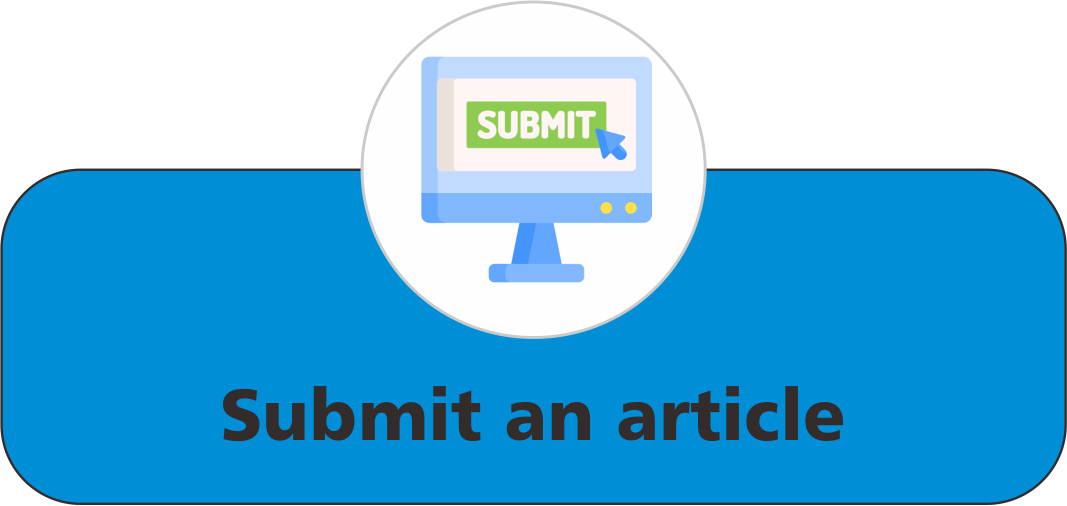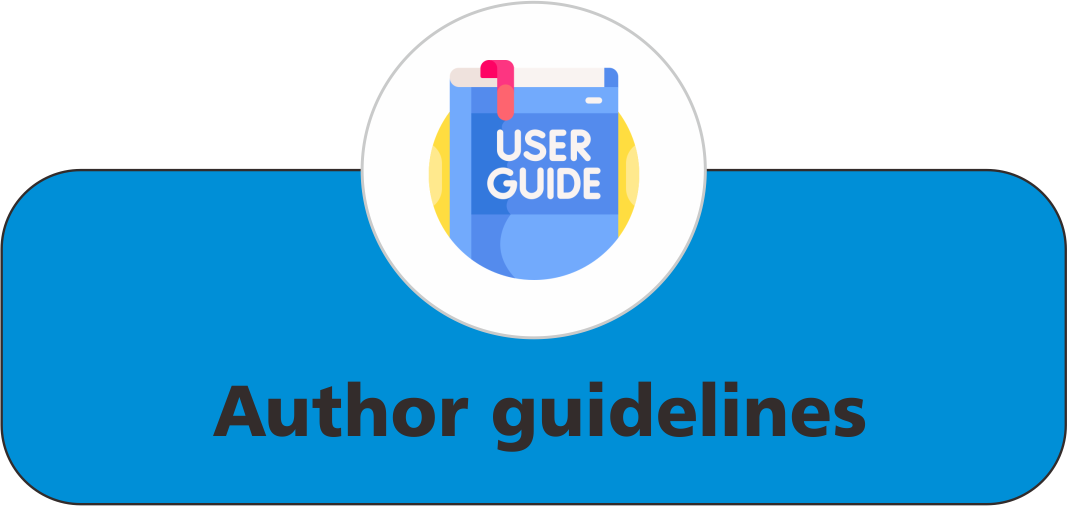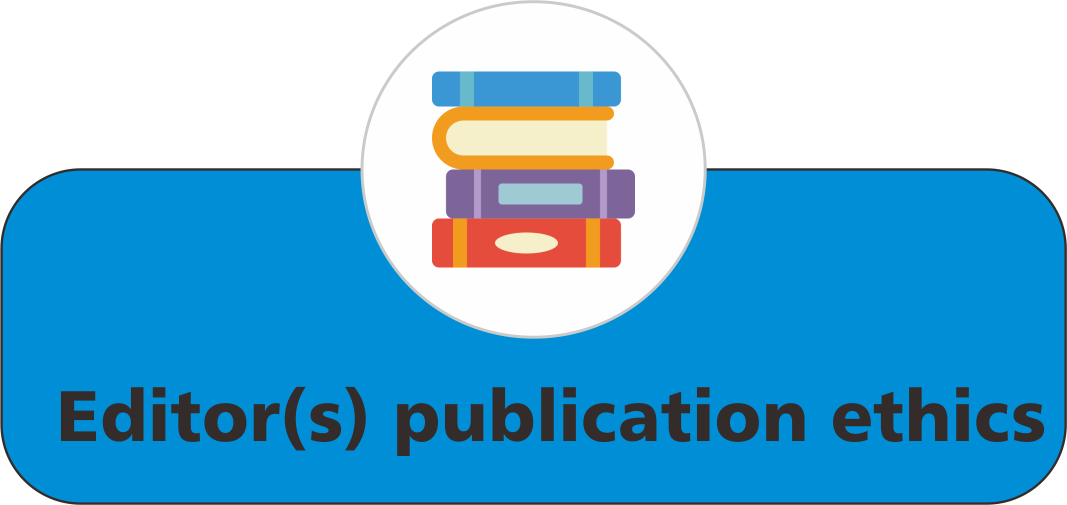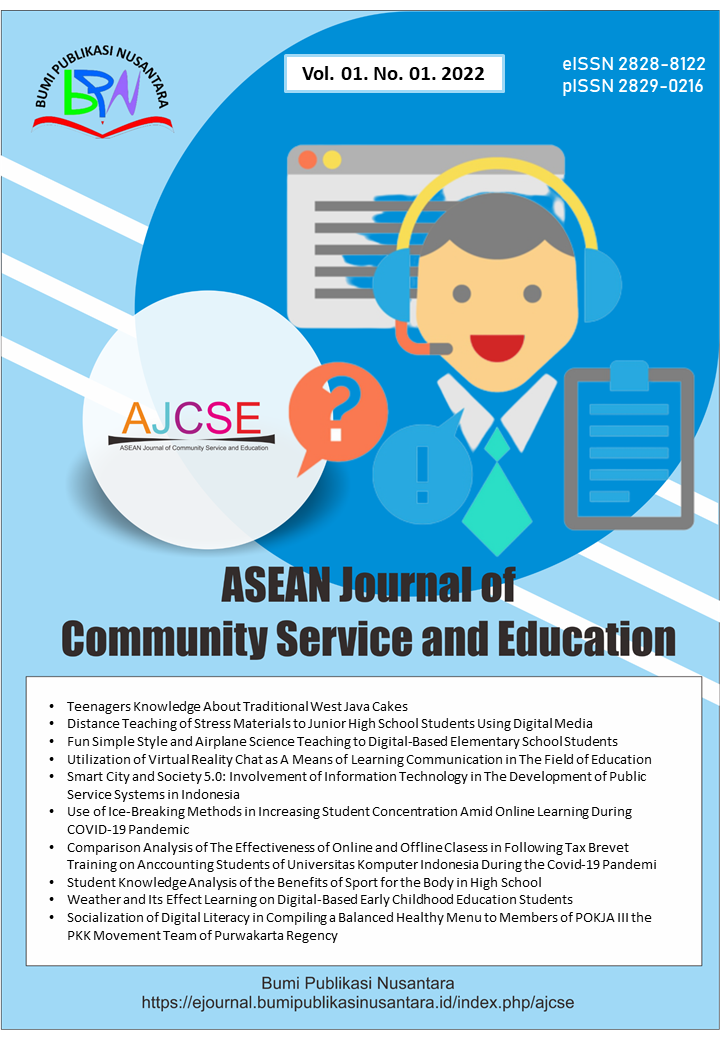Distance Teaching of Stress Materials to Junior High School Students Using Digital Media
 ), Asep Bayu Dani Nandiyanto(2),
), Asep Bayu Dani Nandiyanto(2),
(1) Universitas Pendidikan Indonesia
(2) Universitas Pendidikan Indonesia
 Corresponding Author
Corresponding Author
Abstract
Keywords
References
Agustina, S., and Nandiyanto, A. B. D. (2021). The effectiveness of distance learning using learning management system media and WhatsApp groups at senior high school. Indonesian Journal of Multidiciplinary Research, 1(1), 89-98.
Asvial, M., Mayangsari, J., and Yudistriansyah, A. (2021). Behavioral intention of e-learning: a case study of distance learning at a junior high school in Indonesia due to the covid-19 pandemic. International Journal of Technology, 12(1), 54-64.
Azhari, B., and Fajri, I. (2021). Distance learning during the COVID-19 pandemic: School closure in Indonesia. International Journal of Mathematical Education in Science and Technology, 1-21.
Chang, S. C., Hsu, T. C., Chen, Y. N., and Jong, M. S. Y. (2020). The effects of spherical video-based virtual reality implementation on students’ natural science learning effectiveness. Interactive Learning Environments, 28(7), 915-929.
Ekamilasari, E., Permanasari, A., and Pursitasari, I. D. (2021). Critical thinking skills and sustainability awareness for the implementation of education for sustainable development. Journal of Science Education Research, 5(1), 46-53.
Jin, Z. H. (2021). Oscillatory interstitial fluid pressure and velocity in a solid tumor with partial surface fluid leakage. Microvascular Research, 133, 104097.
Koizumi, H. (2004). The concept of ‘developing the brain’: a new natural science for learning and education. Brain and Development, 26(7), 434-441.
Mao, H. K., Chen, X. J., Ding, Y., Li, B., and Wang, L. (2018). Solids, liquids, and gases under high pressure. Reviews of Modern Physics, 90(1), 15007.
Riyanti, H., Suciati, S., and Karyanto, P. (2018). Enhancing Students’ Logical-Thinking Ability in Natural Science Learning with Generative Learning Model. Biosaintifika: Journal of Biology and Biology Education, 10(3), 648-654.
Unger, S., and Meiran, W. R. (2020). Student attitudes towards online education during the COVID-19 viral outbreak of 2020: Distance learning in a time of social distance. International Journal of Technology in Education and Science, 4(4), 256-266.
Article Metrics
Abstract View : 1293 times
: 1293 times Download : 638 times
Download : 638 times
Refbacks
- There are currently no refbacks.
Copyright (c) 2022 Bumi Publikasi Nusantara

This work is licensed under a Creative Commons Attribution-ShareAlike 4.0 International License.







